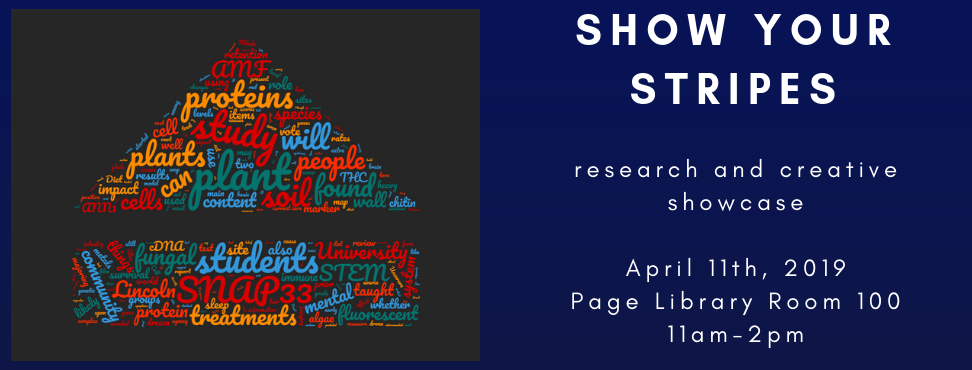Event Title
Location
Inman E. Page Library, Room 317
Start Date
4-11-2019 12:00 PM
End Date
4-11-2019 12:15 PM
Description
Bioremediation is the process by which organisms remove and transform toxic compounds in a contaminated source. This is a waste management technique currently used to clean up man-made contamination. Many organisms act as natural remediators; in the case of algae, they are called phycoremediators who perform phycoremediaton. The term algae encompasses a variety of taxonomic groups and their diversity is still being realized; there are over 44,000 named species of the 72,000 species that we have identified. Some estimates calculate that there are over 200,000 diatom species alone. This diversity continues to be difficult to organize, which is problematic for the bioremediation techniques that require complex groups of interacting species, called microbial consortia. Consortia consistently outperform single-species cultures, however, they can be even more difficult to design and maintain. This literature review discusses the physiological and species-specific factors that affect the success of algae in consortia. Models that describe inter-species interactions and consortia ecology are also discussed. The goal of this review is to identify traits that can make it easier to select algae species that might work well together in synthetic consortia and concludes that species diversity appears to be the greatest indicator of consortia success.
Included in
Selecting Phycoremediators for Consortia
Inman E. Page Library, Room 317
Bioremediation is the process by which organisms remove and transform toxic compounds in a contaminated source. This is a waste management technique currently used to clean up man-made contamination. Many organisms act as natural remediators; in the case of algae, they are called phycoremediators who perform phycoremediaton. The term algae encompasses a variety of taxonomic groups and their diversity is still being realized; there are over 44,000 named species of the 72,000 species that we have identified. Some estimates calculate that there are over 200,000 diatom species alone. This diversity continues to be difficult to organize, which is problematic for the bioremediation techniques that require complex groups of interacting species, called microbial consortia. Consortia consistently outperform single-species cultures, however, they can be even more difficult to design and maintain. This literature review discusses the physiological and species-specific factors that affect the success of algae in consortia. Models that describe inter-species interactions and consortia ecology are also discussed. The goal of this review is to identify traits that can make it easier to select algae species that might work well together in synthetic consortia and concludes that species diversity appears to be the greatest indicator of consortia success.



